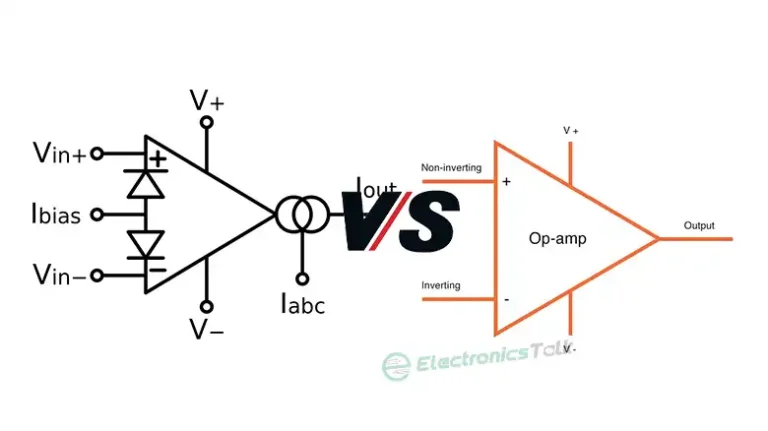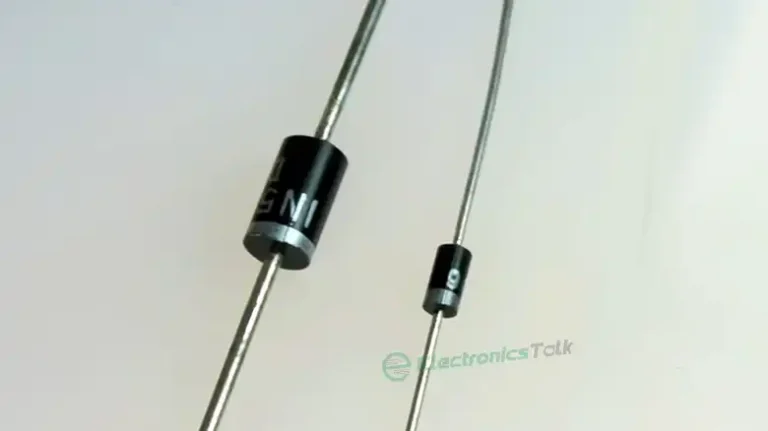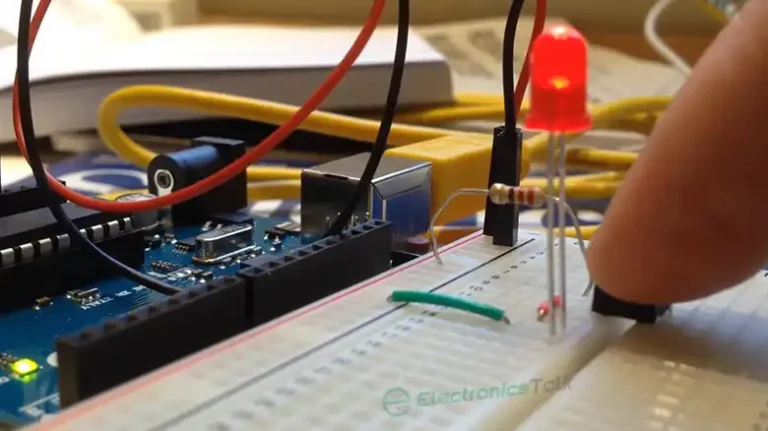Do Diodes Have Switching Losses | Measurement and Minimizations
Yes, diodes do have switching losses. Switching losses occur when a device switches from a blocking to a conducting state and vice versa. This interval is distinguished by a high voltage between its terminals and a high current flowing through it.
To calculate switching losses, multiply the energy dissipated in each transition by the frequency. A lower switching frequency, a lower input voltage, a faster switch, and a low-resistance and low-inductance architecture can all help to reduce switching losses.

How Can I Minimize Switching Losses in Diodes
To minimize switching losses in diodes, consider the following facts.
Low Forward Voltage Drop
Compared to similar-sized p-n junction diodes, Schottky barrier diodes have a very low forward voltage drop, a high current density, and quick reverse transit times. As a result, the Schottky diode is an excellent defender against switching losses.
Shorter Reverse Recovery Time
Switching losses are reduced when reverse recovery times are reduced. Because reverse current frequently flows through the diode when the voltage across the MOSFET is high, a shorter time results in lower losses.

Figure 1: Reverse Recovery time of diodes
Appropriate Snubber Circuits
Diodes used in switching circuits require snubber circuits. It can protect a diode from overvoltage spikes during reverse recovery. As illustrated in the diagram, a conventional snubber circuit for a power diode consists of a capacitor and a resistor linked in parallel with the diode.

Figure 2: Appropriate snubber circuit to minimize switching loss
Can I Measure Diode Switching Losses
Switching losses are affected by the applied voltage, commutated current, and diode properties. The voltage seen by each semiconductor in a VSI inverter is always half the total DC-link voltage resulting in the Ideal switch turn-on (energy) loss.

In this equation, eon is a coefficient and iph is the phase current. The switch-on losses of a diode are virtually nil. However, the turn-off losses, or reverse recovery losses, are linear in voltage but nonlinear in commutated phase current. You can use this equation to calculate the switching losses.
How Reverse Recovery Can Increase Switching Losses in a Diode
Switching losses are reduced when reverse recovery times are reduced. Because reverse current frequently flows through the diode when the voltage across the diode is high, a shorter time results in lower losses.
Frequently Asked Questions
Are Switching Losses Only Present in Diodes?
No. Other semiconductor devices such as MOSFETs, and JFETs, also have switching losses. But diodes have the minimal among them all.
Conclusion
The switching rate or frequency that should be employed with a diode is limited due to the switching loss from forward to reverse bias. The major diode manufacturers do a fantastic job of estimating and testing their diodes’ reverse recovery time, and they will include this information in their datasheets.

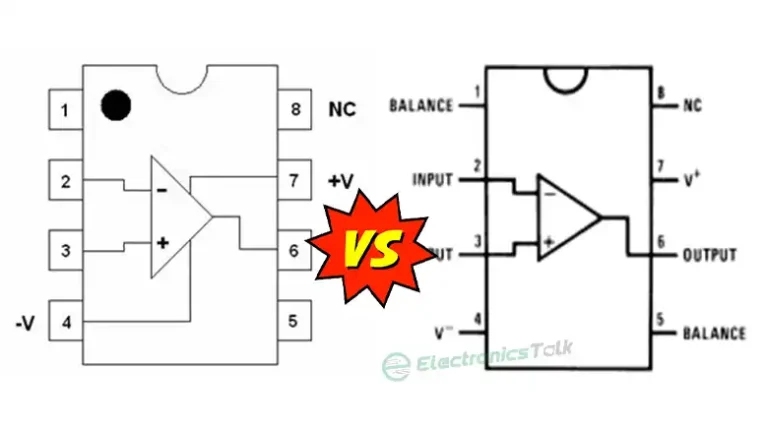
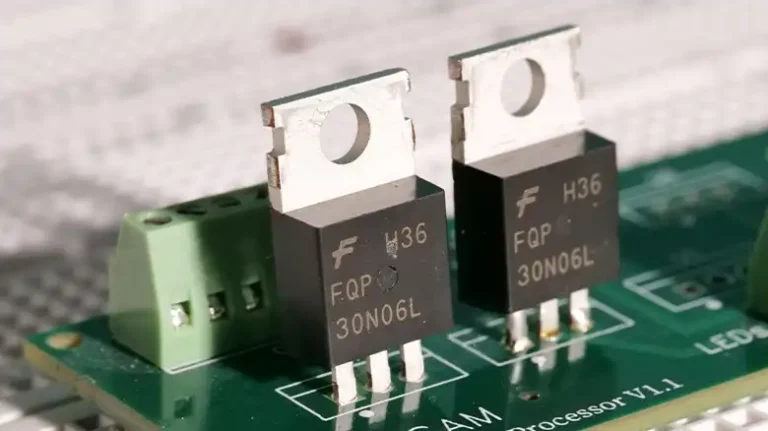
![Can I Use 1n4004 Instead of 1n4001? [Advantages Explained]](https://www.electronicstalk.org/wp-content/uploads/2023/07/Can-I-Use-1n4004-Instead-of-1n4001-768x431.webp)
